Moving microbes from the 50 percent human artscience project. Statistical Analysis of Microbiome Data in R by Xia Sun and Chen 2018 is an excellent textbook in this area.
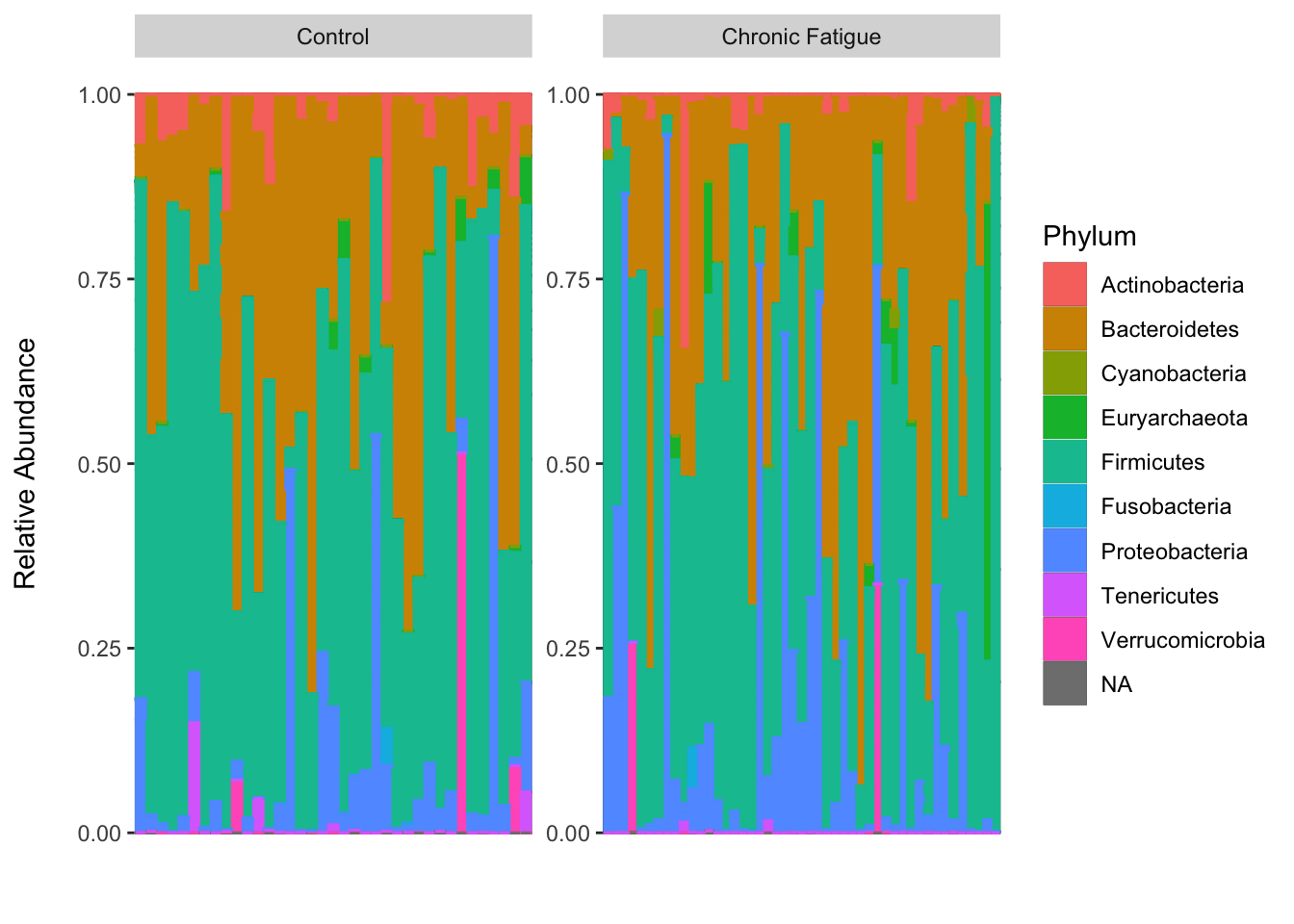
Introduction To The Statistical Analysis Of Microbiome Data In R Academic
A more comprehensive tutorial is available on-line.
. While we continue to maintain this R package the development has been. Its suitable for R users who wants to have hand-on tour of the microbiome world. However it is still difficult to perform data mining fast and efficiently.
The workshop will be conducted virtually in a guided-tutorial format in which attendees will follow tutorials and instructors will guide the pace. Launch RStudio and in the R script window. Alternating lecture and tutorial on command-line software.
Many tools exist to quantify and compare abundance levels or OTU composition of communities in different conditions. Tools for microbiome analysis. 16S microbiome analysis of ATCC R Microbiome Standards from CJ Bioscience Inc.
Workshop will use R and RStudio which are remotely accessible. With multiple example data sets from published studies. This can be difficult for taxonomic data since.
Files for part 2 of the dada2 exercise at located in the Github repo at https. Rmlistls getwd setwdDesktop dircreateR_Maaslin_tutorial Create a new directory setwdR_Maaslin_tutorial Change the current working directory getwd check if directory has been successfully changed Load MaAsLin2 package into the R environment libraryMaaslin2 Maaslin2. The package is in Bioconductor and aims to provide a comprehensive collection of tools and tutorials with a particular focus on amplicon sequencing data.
A tutorial on how to use Plotlys R graphing library for microbiome data analysis and visualization. The integration of many different types of data with methods from ecology genetics phylogenetics network analysis visualization and testing. Microbial Community Diversity Analysis Tutorial with Phyloseq.
The purpose of this tutorial is to describe the steps required to perform. Please follow the below tutorial. A list of R environment based tools for microbiome data exploration statistical analysis and visualization.
The next 2 classes lessons 7 and 8 will introduce and work through the data analysis tutorial using the dada2 R package. More specifically the downstream processing of raw reads is the most time consuming and mentally draining stage. This is a tutorial to analyze microbiome data with R.
For those looking for an end-to-end workflow for amplicon data in R I highly recommend Ben Callahans F1000 Research paper Bioconductor Workflow for Microbiome. But a PERMANOVA of unweighted unifrac says that samples are significantly different. High-throughput sequencing of PCR-amplified taxonomic markers like the 16S rRNA gene has enabled a new level of analysis of complex bacterial communities known as microbiomes.
Microbiome Analysis with QIIME2. An R package for microbial community analysis in an environmental context. Introduction to the microbiome R package.
Fast flexible and modularized. The microbiome R package facilitates phyloseq-based exploration and analysis of taxonomic profiling data. We will cover everything shown here in greater detail later.
I see that the ordination plot of Unweighted unifrac suggests not much difference in microbiome in terms of composition. Tutorial performed on a. This is a demo of how to import amplicon microbiome data into R using Phyloseq and run some basic analyses to understand microbial community diversity and composition accross your samples.
If something does not make sense now dont worry. Therefore we created R microeco package. Complete Homework 3 to be sure you are prepared to work through these exercises.
1600 1800 Analysis and visualization of microbiome profile with Phyloseq. We will do the following in this tutorial. A Hands-On Tutorial Amanda Birmingham Center for Computational Biology Bioinformatics University of California at San Diego.
R6 Class to store and analyze data. Multiple staticstical approaces such as pearson. As a beginner the entire process from sample collection to analysis for sequencing data is a daunting task.
3 years ago. Recently developed culture-independent methods based on high-throughput sequencing of 16S18S ribosomal RNA gene variable regions and internal transcribed spacers ITS enable researchers to identify all the microbes in their complex habitats or in other words to analyse a microbiome. Microbiome Analysis - dada2 Tutorial.
Introduction Set Up Your Environment The Microbiome Data Download and Install necessary R packages Set up Working Environment Reads The Analysis Check Read Quality Read Filtering Learn the Error Rates and Infer Sequences Merge Forward and Reverse Reads Construct Sequence Table Remove chimeras Tracking Reads throughout Pipeline Assign Taxonomy. This vignette provides a brief overview with example data sets from published microbiome profiling studies. This tutorial covers the common microbiome analysis eg.
There are many great resources for conducting microbiome data analysis in R. Extending the phyloseq class. More demos of this package are available from the authors here.
R version 410 2021-05-18. The data itself may originate from widely different sources such as the microbiomes of humans soils surface and ocean. This is a short example analysis to give you a feel for how metacoder and taxa are used in microbiome analysis.
Here we describe in detail and step by step the process of building analyzing and visualizing microbiome networks from operational taxonomic unit OTU tables in R and RStudio using several different approaches and extensively commented code snippets. The analysis of microbial communities brings many challenges. Now we have loaded the required files we will be using those OTU count data and taxonomy file to build a microbiome network.
There has been a lot of R packages created for the microbiome profiling analysis. Explore microbiome profiles using R. Alphabeta diversity differential abundance analysis.
I am a microbial ecologist which means I study how microbes interact with each other and their environment. The tutorial starts from the processed output from metagenomic sequencing ie. In the microbiome network a node represents taxon and links exist between a pair of nodes if their sequence frequency are significantly correlated.
The first step in any analysis is getting your data into R. The sequencing reads have to be denoised and.
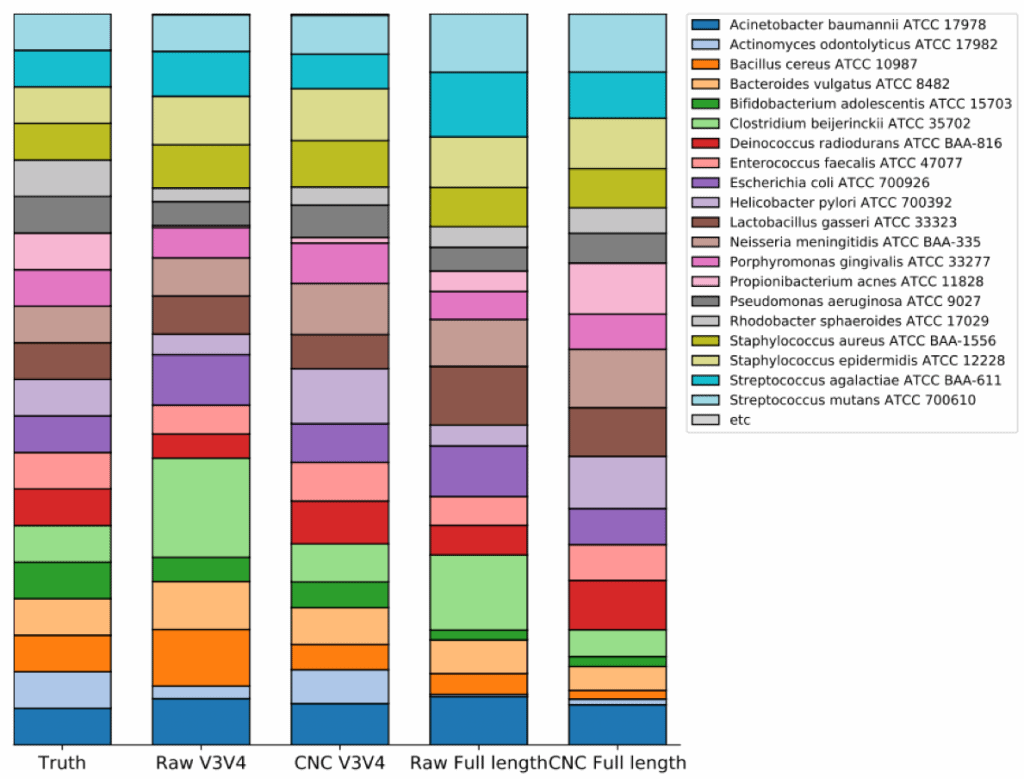
Tutorial 16s Microbiome Analysis Of Atcc R Microbiome Standards Ezbiocloud Help Center
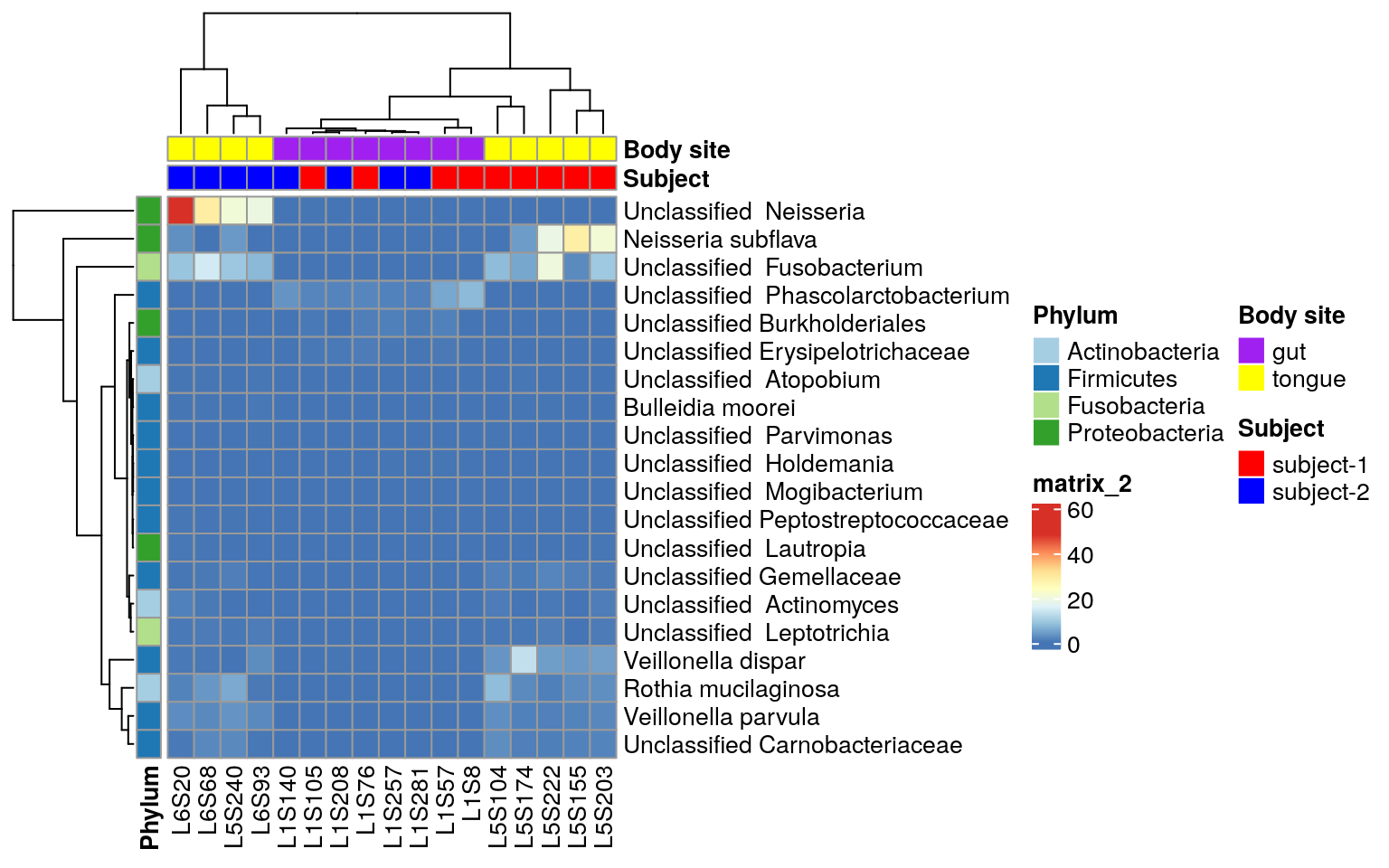
Tutorial For Microbiome Analysis In R Yan Hui
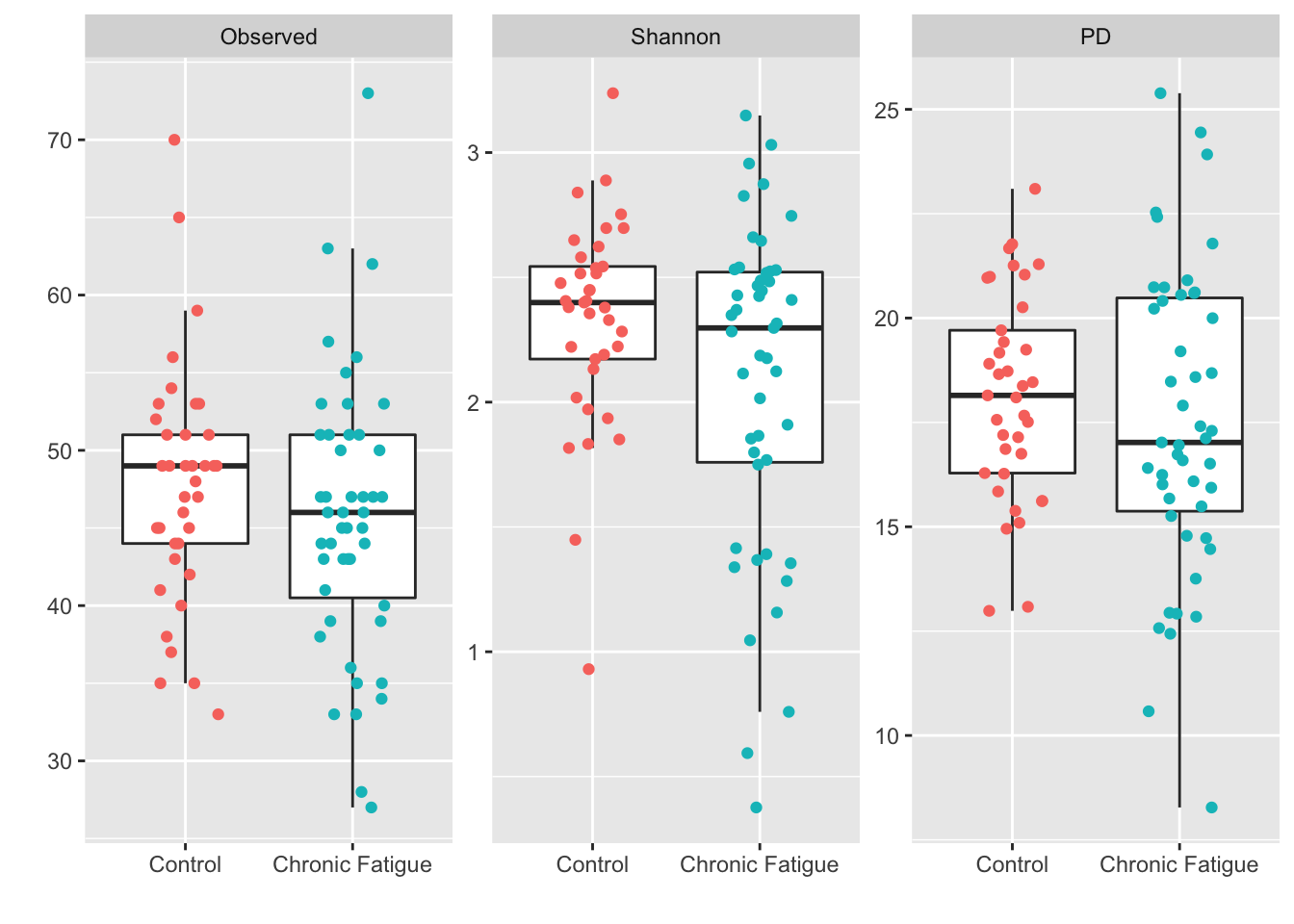
Introduction To The Statistical Analysis Of Microbiome Data In R Academic
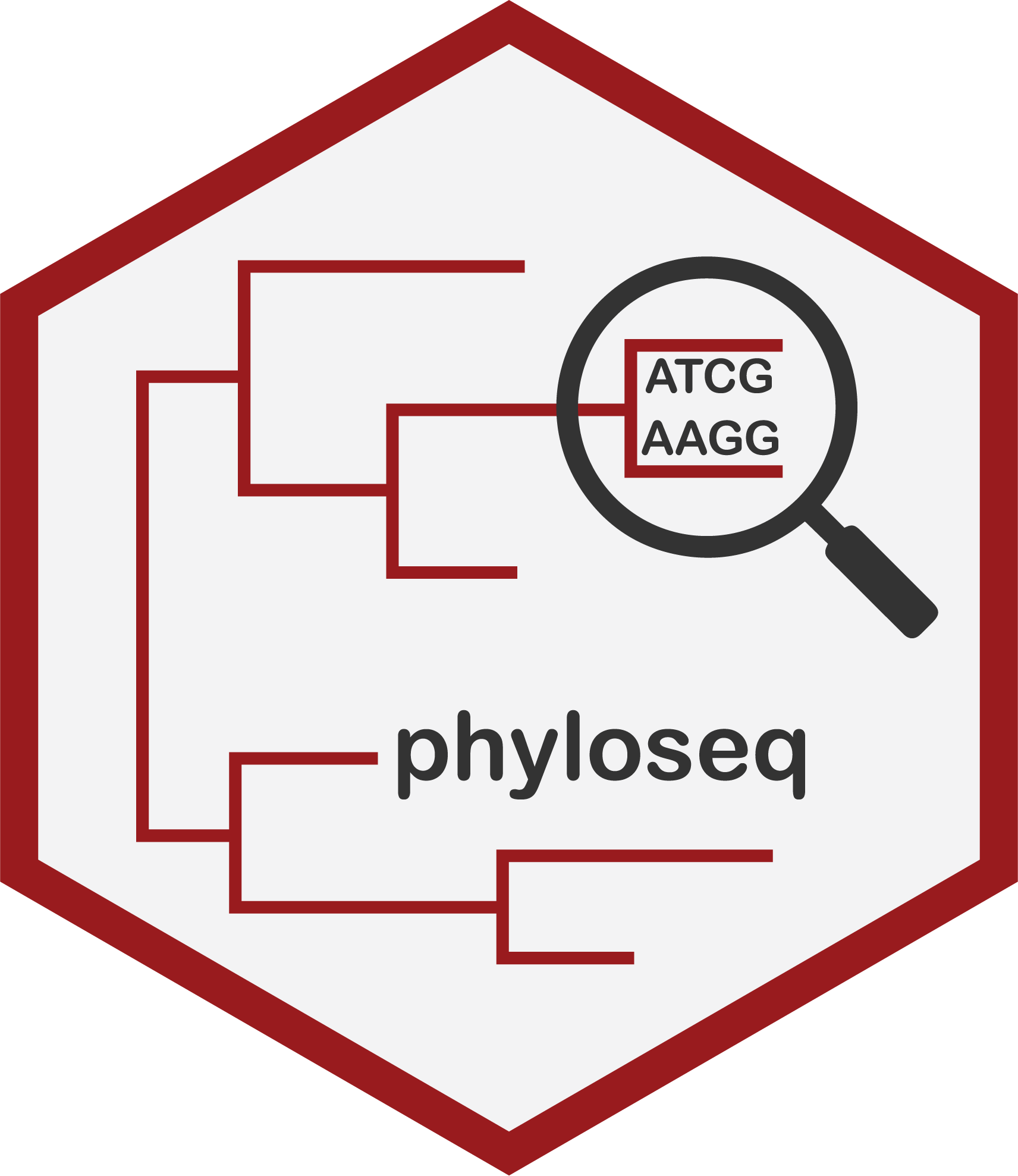
Phyloseq Explore Microbiome Profiles Using R
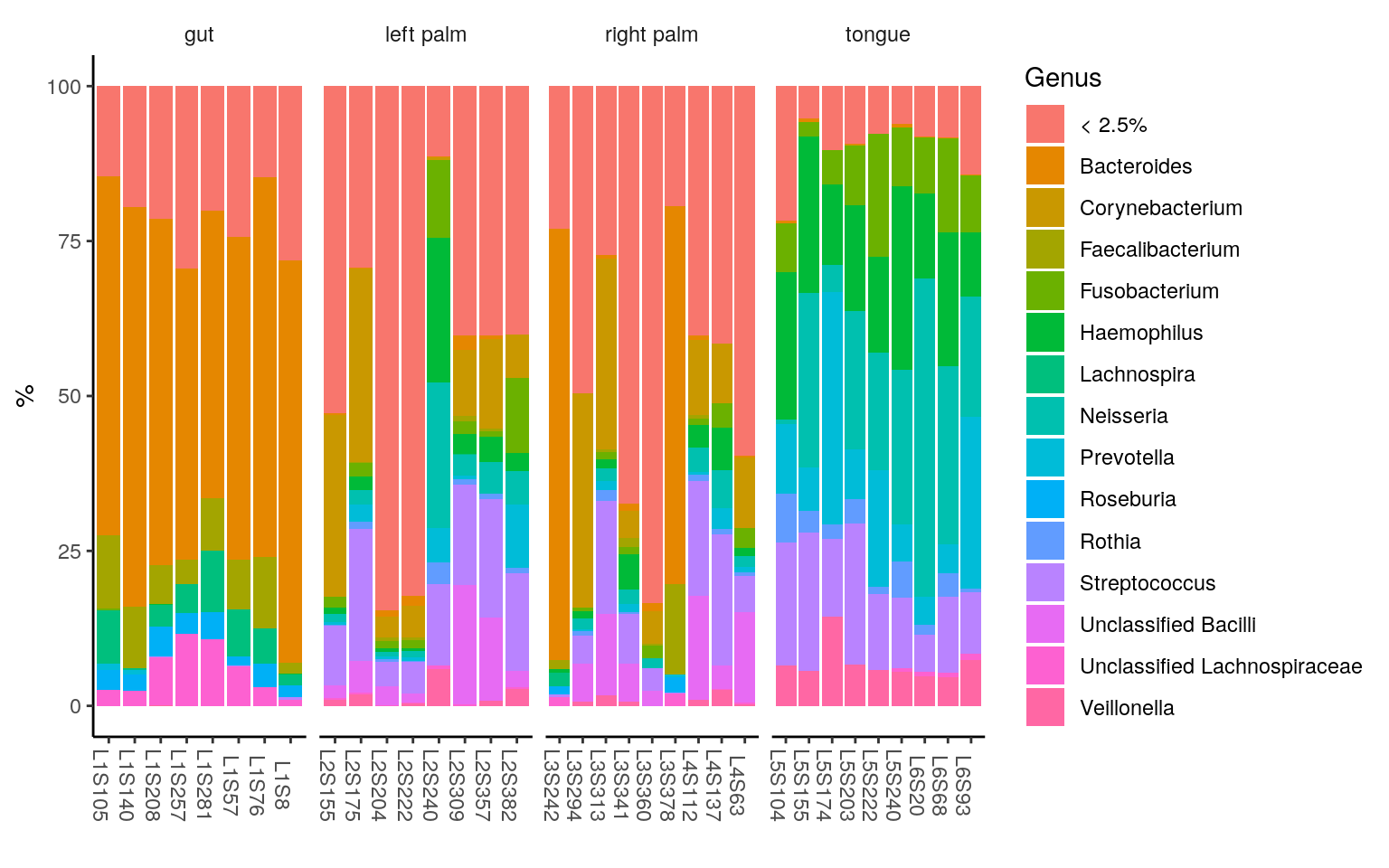
Tutorial For Microbiome Analysis In R Yan Hui

Making Heatmaps With R For Microbiome Analysis The Molecular Ecologist

Making Heatmaps With R For Microbiome Analysis The Molecular Ecologist
0 comments
Post a Comment